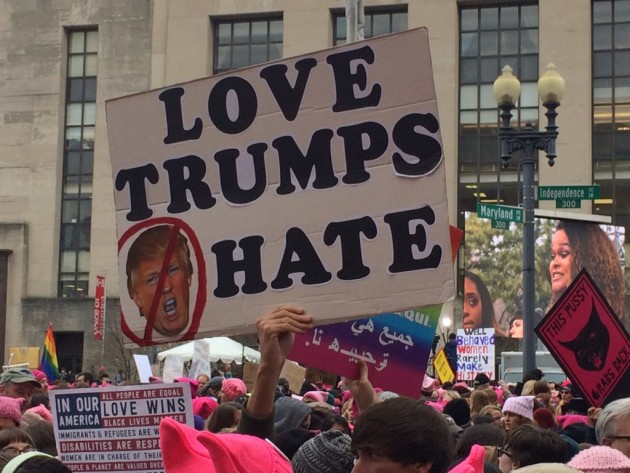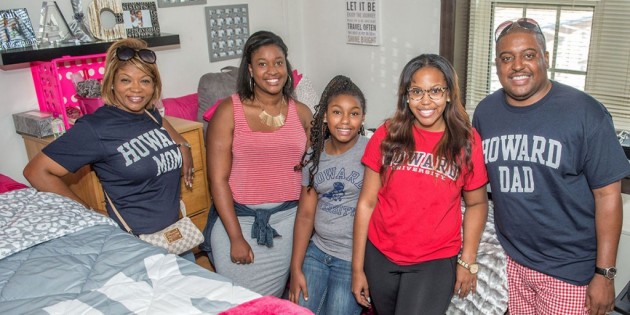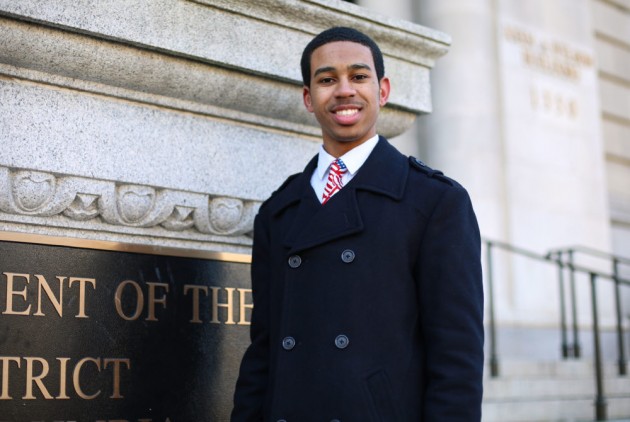New Orleans and Washington, D.C. Have More in Common Than a Majority African American Population
New Orleans is filled with memories of jazz legends and the Spanish and French cultures are always around, giving reason to the type of food that is eaten and the dialects that are spoken. Washington, DC is filled with historical monuments and the political aspirations of many. Yet as different as these urban cities are, they are quite similar.
Both cities are predominantly black urban cities.
Both cities have high crime rates that the police departments and people in the communities are constantly trying to fight off.
And both of these cities have high concentrations of advertisements surrounding the city, with billboards of casinos and alcohol in New Orleans and billboards of sexual transmitted diseases and rap/ entertainment promotion billboards in Washington, DC.
New Orleans is filled with a culture of drinking and partying. It’s nickname, the Big Easy would seem to describe the party atmosphere to most people outside of the city, but in reality, the heavy drinking is causing anything but an easy ride for the citizens of the city. In a study performed in 1992 that appeared in the Journal of Drug Issues, Bettina Scott and Robert Deniston looked at the effects of alcohol advertising on urban communities. They noted that the alcohol industry’s belief was that “beer advertising doesn’t significantly affect consumption, underage drinking or abuse, but it affects market share.”
The problem with this theory is that studies have shown that there is a problem with the practice of targeting the black community with alcohol ads because the community has high morbidity and mortality rates related to alcohol problems. Scott and Deniston noted that critics of the industry argued that targeting the black community was “economic exploitation at best and genocide in the worst scenario.”
The truth, however, is that they’re similarities can be find in most urban cities across America. Blighted housing, stereotyped urban advertising, and an epidemic of homelessness are only some of the numerous realities these cities have in common. We, as a community are the only ones who can truly make the effort to suppress these portrayals and to help our youth feel like they can achieve anything they want. Attending college doesn’t have to be perceived as a “white person’s thing or something only rich black people can do,” as a student in Washington DC said in a recent discussion about expectations at Martha’s Table, a non-profit organization in the DC metropolitan area.
We must stand up and ring our own self bells as the students did in Spike Lee’s infamous and controversial film, School Dayz and WAKE- UP!





